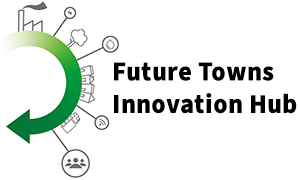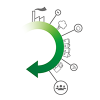Forming your team and creating a plan is just the beginning of creating real momentum for change.
The next step is to engage the wider community – conducting users research while raising awareness and securing broader support. Unfortunately, many communities are naturally risk averse. People tend to distrust new ideas until they’ve seen them work in practice, making change a real challenge.
As the Getting Ready stage comes to a close, please remember, your team will change too. Change is not something that just happens to others and your team will change as the project evolves and interpersonal dynamics play out. There will be cycles of highs and lows, feelings of unlimited elation and feelings of deep depression. This is normal.
Expect these stages:
- Forming: The team lacks clear purpose and defined roles, with members acting independently.
- Storming: Conflict arises as people begin to establish their place in the team.
- Norming: The team reaches a consensus and gains clarity on individual roles.
- Performing: The team has a clear vision and plan, allowing it to work independently and resolve issues together.
No matter where you are in the process, remember that success or failure is an opportunity to learn. We often focus on what’s wrong, rather than what’s working well. So, as you build momentum, celebrate your achievements, share inspiring stories, engage new people and stay focused on your goal.
In short, community-led change requires persistence, teamwork and flexibility. By following this approach, you can make a lasting impact.


Please sign in or register to make a comment.